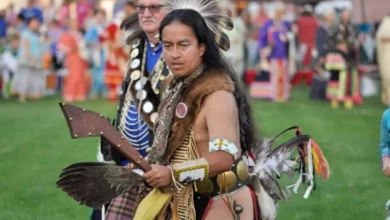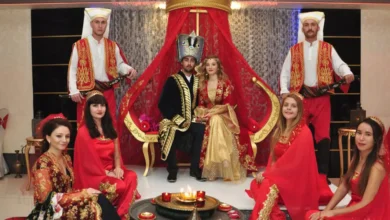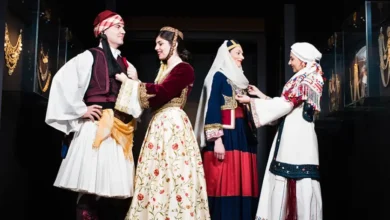Death, an inevitable part of life, has always fascinated and perplexed humankind. From the dawn of civilization, societies have developed intricate rituals surrounding the passing of their members.
These ancient burial rituals are not merely somber affairs; they are profound expressions of culture, beliefs, and the way a society understands its place in the cosmos. This article explores the fascinating world of these practices, examining their purpose, variations, and lasting significance. Let’s journey back in time to uncover the stories told by the graves of our ancestors.
Understanding the Importance of Burial Rituals
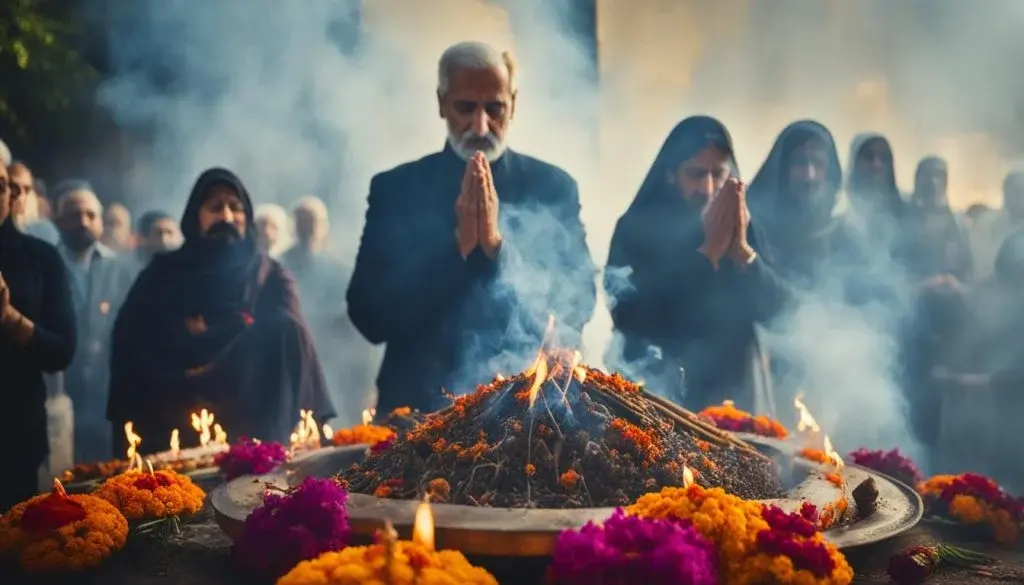
Before we delve into specifics, let’s grasp why these rituals are so important. They’re not just about disposing of a body; they’re a deeply ingrained cultural response to loss. Burial rituals serve multiple crucial purposes:
- Mourning and Grief: Rituals provide a structured way for communities to express their sorrow and begin the healing process.
- Spiritual Beliefs: Many rituals are rooted in a society’s understanding of the afterlife, the soul, and the relationship between the living and the dead.
- Social Cohesion: Funerals and burials can strengthen community bonds, reinforcing shared values and beliefs.
- Respect for the Deceased: Rituals often honor the person who has passed away, ensuring their memory and legacy.
- Transcendental Purposes: Some rituals aim to guide the deceased into the afterlife or maintain communication with the spirit world.
Ultimately, these rituals help communities make sense of death and its impact, ensuring both individual and collective well-being.
See also Balinese Traditional Dress in Hindu Ceremonies and Offerings
Balinese Traditional Dress in Hindu Ceremonies and OfferingsEarly Burial Practices: A Look at the Dawn of Rituals
The earliest evidence of deliberate burials dates back to the Middle Paleolithic period, around 100,000 years ago, with sites like the Skhul and Qafzeh caves in present-day Israel. These Neanderthal burials included grave goods like animal bones and tools, suggesting an understanding of the afterlife and the need to equip the deceased for their journey. Let’s explore some common traits of these early practices:
Neanderthal Burials: Evidence of Early Rituals
The discovery of Neanderthal graves shows they were not just practical about death; their actions suggest a sense of ritual and spirituality. Burials like the Shanidar Cave remains in Iraq, surrounded by pollen, indicate that the dead were sometimes buried with flowers or herbs. This provides a tangible glimpse into the emotional connection between the living and the deceased, showcasing an early development of ritualistic practice.
Hunter-Gatherer Burial Customs: Variety and Adaptation
As humans moved and adapted to different environments, so did their burial practices. Hunter-gatherer communities often practiced simple burials, either in shallow graves, rock shelters, or near their settlements. Grave goods, when present, typically included personal items or tools that were important to the deceased in life. The diversity of these methods demonstrates the adaptive nature of burial rituals, shaped by both practical concerns and existing belief systems.
Ancient Civilizations and Their Unique Burial Traditions
As societies evolved, their burial practices grew more complex and refined. Let’s explore some of the specific customs of these ancient cultures, and appreciate the diversity in response to mortality.
See also Coming of Age Ceremonies Around the World: A Journey into Adulthood
Coming of Age Ceremonies Around the World: A Journey into AdulthoodAncient Egypt: The Elaborate Journey to the Afterlife
The Ancient Egyptians are renowned for their elaborate burial rituals, driven by their deep belief in the afterlife. Mummification, a complex and lengthy process, was performed to preserve the body for its journey into the afterlife.
Pharaohs and nobles were buried in opulent tombs filled with treasures and provisions for their continued existence. The construction of massive pyramids and elaborate tombs showcases the importance that ancient Egyptians placed on ensuring a successful transition for their deceased into the next world.
The Book of the Dead, a collection of magical spells and prayers, was often included in the burial to guide the deceased through the underworld.
Ancient Greece: From Cremation to Tombs
Ancient Greek burial practices varied across time periods. Initially, cremation was the most common practice, with the ashes placed in urns. Later, burials in the earth became more common, often in large, elaborate tombs.
Steles, or grave markers, were often decorated with images or inscriptions to commemorate the deceased. These rituals served not only to honor the individual but also to highlight the importance of remembering ancestors within the family lineage. Funerary games and feasts were also important aspects of the mourning process, bringing the community together.
Ancient Rome: A Blend of Tradition and Pragmatism
Ancient Roman burial customs were a mix of practicality and ritual. Cremation was the common practice for much of Roman history, with ashes placed in urns, often housed in elaborate mausoleums or columbaria.
As time passed, inhumation (burial in the ground) became more common, particularly among the wealthy, who were often interred in sarcophagi. Funeral processions were grand affairs, demonstrating the deceased’s social status and wealth. The Roman approach integrated practicality with ritual, showcasing their societal values and beliefs about status and memory.
Mesopotamia: Burials with a Focus on Earthly Comforts
The diverse cultures of Ancient Mesopotamia displayed a variety of burial practices. Kings and elites were often buried in elaborate tombs, sometimes with sacrificed servants or animals, suggesting a belief in continued social hierarchy in the afterlife.
Common burials tended to be simpler, with interment in the ground and basic grave goods. The emphasis on providing for the deceased in the afterlife highlights the Mesopotamian understanding of the soul and its continued journey. Ziggurats also functioned as important burial sites for the royal and elite members of society.
Pre-Columbian America: Varied Practices Across Continents
The cultures of Pre-Columbian America displayed a wide range of burial practices. The Inca of South America, for instance, practiced mummification of their elites and high priests, with the mummies often placed in elaborate tombs or shrines.
North American cultures, such as the Mound Builders, created vast earthworks to bury their dead, along with valuable grave goods. Each culture showcased unique traditions and beliefs, shaped by their particular environments and spiritual practices. These burial practices offer crucial insights into their complex worldview.
Key Elements of Burial Rituals
While cultures across the globe have practiced unique burial rituals, common elements appear throughout history. Understanding these elements provides further insight into the deeper meanings behind these practices.
Grave Goods: Accompanying the Deceased
Grave goods are artifacts placed in graves alongside the deceased. These items might include personal possessions, tools, weapons, food, jewelry, or even animal sacrifices. The purpose of these goods varies, often serving to equip the deceased for the afterlife, or to symbolize their social status, profession, or personal attributes in their former life. Grave goods are invaluable for archeologists, providing a wealth of information about the beliefs and lifestyles of ancient cultures.
Mummification and Body Preservation
Some cultures, particularly the Egyptians, practiced mummification, a process to preserve the body after death. This involved removing the internal organs, drying the body with salts, and wrapping it in linens.
Other forms of body preservation existed as well, including intentional freezing by indigenous peoples of the Arctic regions or drying in the arid climates of South America. These practices were driven by belief in the need to preserve the body for its continued existence in the afterlife.
Funerary Architecture: Monumental Tombs and Structures
The construction of funerary architecture, such as tombs, pyramids, mausoleums, and mounds, demonstrates the importance cultures placed on remembering the dead. These monuments often served as focal points for worship or remembrance. Elaborate structures also served to impress and intimidate, highlighting the power and status of the deceased or their family. The scale and detail of these monuments showcase the devotion and importance placed upon remembering the deceased.
Ritualistic Practices: From Lamentation to Sacrifice
Ritualistic practices surrounding death vary widely across cultures. These practices may include chanting, prayers, ritual dances, music, lamentation, feasting, and sometimes even animal or human sacrifice. These rituals provided a framework for mourning, a way for the community to come together, and a path to guide the deceased into the afterlife. The specific practices are intimately tied to a culture’s beliefs about death and the spiritual realm.
Modern Interpretations and Significance
Though modern societies have moved away from some of these ancient practices, the fundamental reasons for engaging in burial rituals have persisted. While the specific practices may differ, the human need for closure, remembrance, and finding meaning in death remains a universal experience.
The Enduring Influence of Traditional Practices
Many modern funeral practices retain elements of ancient traditions. Religious ceremonies, wakes, wakes and funerals, and the sharing of memories are ways to cope with loss, honor the deceased, and bring communities together to grieve. The significance of traditional practices lies in their ability to connect us with our ancestors and reinforce our collective understanding of death.
Archaeological Insights: Learning from the Past
The study of ancient burial sites offers invaluable insights into past societies. Archeological discoveries provide evidence of past cultures’ beliefs, social structures, and daily life. The meticulous analysis of grave goods, burial techniques, and funerary architecture provides a fascinating window into the minds and cultures of our ancestors.
Modern Variations: Adapting Rituals to Contemporary Context
Modern societies have adapted and modified their funerary practices to suit contemporary values and beliefs. Cremation, eco-friendly burials, and personalized memorial services are examples of how traditional rituals are evolving in the modern context. These variations reflect a changing view of death and the importance of making these important ceremonies reflective of the individual being honored.
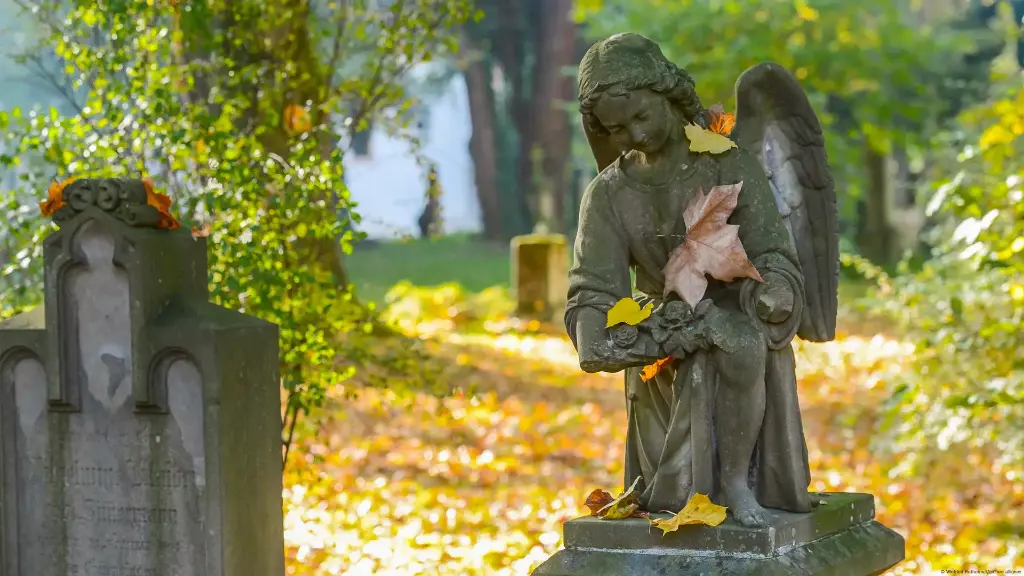
Ancient burial rituals offer us a glimpse into the past, revealing the profound ways in which humanity has grappled with mortality. From simple graves of hunter-gatherers to the elaborate tombs of ancient civilizations, these rituals illuminate the beliefs, social structures, and spiritual frameworks that have shaped human societies.
Understanding the cultural significance of these practices provides us with a deeper appreciation of our shared human experience, demonstrating the universality of grief and the human desire to find meaning in death. By studying these ancient traditions, we gain a profound insight into the tapestry of human history and the many ways we have navigated life’s ultimate transition.“`

